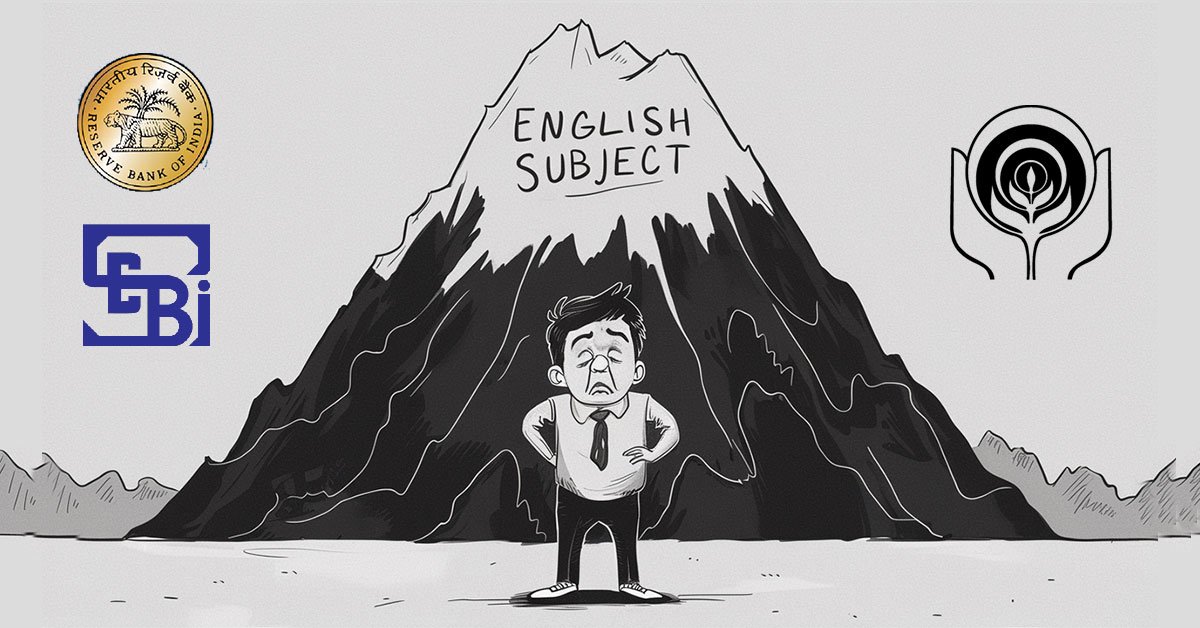Context:
Carbon markets hold the potential to transform Indian agriculture, turning sustainable farming practices into a lucrative opportunity for farmers while combating climate change. In this, carbon pricing is a critical tool for mitigating climate change.
Carbon Markets and Climate Change
- Carbon pricing is one of the strongest instruments for lowering the effects of climate change.
- From governments and international organizations, such markets enforce caps on company emissions.
- If there exists no regulation, then this is a voluntary carbon market through which organizations can trade carbon credits among themselves.
How Carbon Market Works
- India has launched its own compliance and voluntary carbon markets.
- The National Bank for Agriculture and Rural Development had five agriculture carbon credit projects listed in Verra.
- The functioning of carbon markets lies in only two principles which are additionality and permanence.
Challenges and Their Solutions
- If a project is unable to provide satisfying environmental benefits, it will lose buyers and stop relying on agri-carbon credits.
- High-quality credits from the very beginning of Indian carbon markets are important to develop trust and long-term participation by farmers.
Carbon Farming Projects in India
- Research conducted into seven such carbon farming projects in Haryana and Madhya Pradesh showed that marginalised groups and small farmers were almost entirely left out.
- Some sustainable practices existed before the projects commenced while some were initiated afterward so that the additionality criterion was fulfilled.
- Some limitations that still prevail in these projects include lack of communication, lack of training and 28 percent discontinued sustainable practices due to lack of adequate monetary incentives.
Recommendations
- Paying premium prices for carbon credits under projects that include smallholders and disadvantaged populations should reward social inclusion in India’s carbon market.
- Good communication, continuous training among small and marginal farmers could enhance the desire constant participation in carbon-related initiatives.















